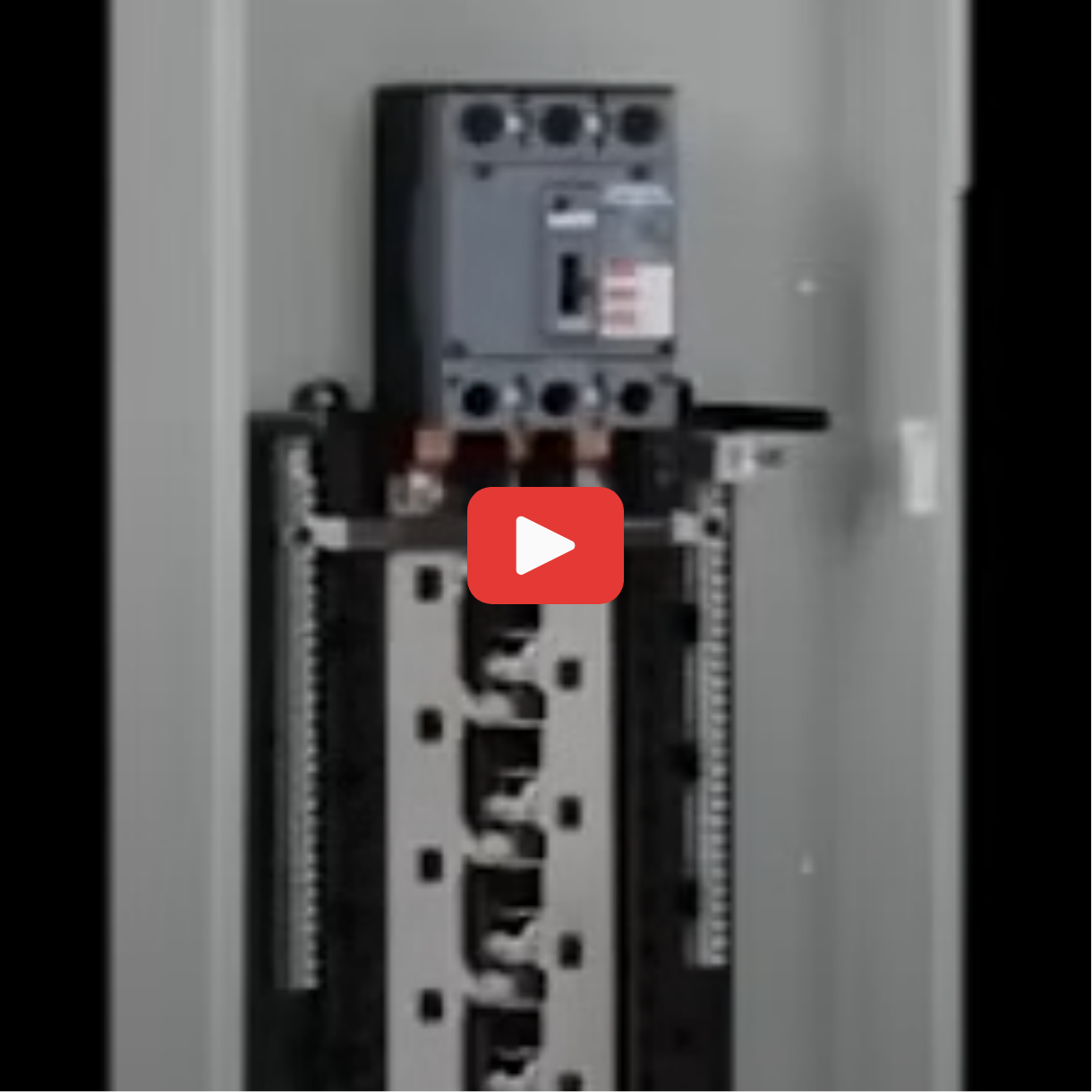Key Takeaways
- Recognize when to separate grounds and neutrals in your system.
- Understand how current flows back to its source via different paths.
- Appreciate the safety implications of proper connections in electrical setups.
Understanding Grounds and Neutrals
Basics of Separating Grounds and Neutrals
In a standard electrical system, the separation of grounds and neutrals is essential beyond the first point of disconnect. At this point, all grounds and neutrals are connected. Further into the system, such as in subpanels, they must be separated to ensure safety and proper functionality. This prevents the risk of current flowing on unintended paths, which could include metal components and conduits.
The First Point of Disconnect
The first point of disconnect is where the electrical connection from the utility meets the customer's wiring system. At this location, bonding of the grounds and neutrals occurs. For example, in a setup involving a meter disconnect combo, this is where all connections between grounds and neutrals should be made. The components such as the main bonding jumper play a crucial role here in establishing these connections.
Subsequent Points of Disconnect
After the first point of disconnect, subsequent points, commonly referred to as subpanels, require the separation of grounds and neutrals. In these areas, ensuring that the current returns exclusively through insulated conductors is critical. If separation doesn't occur, the current might take routes through metal parts of the system, increasing the potential for safety hazards.
Real Life Application
Standard Meter and Panel Installation
In a standard setup, when you install a meter, it's typically paired with an electrical panel. This is your first point of disconnect where grounds and neutrals must be connected. This connection is established with a main bonding jumper, often using a green ground screw or a bonding strap. Proper installation ensures that electrical currents follow the intended paths, maintaining system efficiency and safety.
Meter Disconnect Combo Scenario
When using a meter disconnect combo, this setup becomes your first disconnect point. Every grounds and neutrals connection must occur here. Consistently adhering to this rule helps prevent electrical currents from taking unintended paths. By correctly separating grounds and neutrals beyond this point, you avoid unnecessary hazards that can occur when currents flow on metal surfaces and structures.
Subpanels in Electrical Systems
For any subpanel installed after the first point of disconnect, grounds and neutrals must be separated. This rule minimizes risks related to stray currents flowing through unintended paths, such as metal frames or conduits. In home systems, neglecting this separation can lead to increased electrical hazards. Always ensure proper maintenance of the separation to safeguard the electrical integrity of your setup.
Circuit Behavior Analysis
Current's Path in an Ideal Scenario
In a well-implemented electrical system, the current should return to its source exclusively through insulated neutral conductors. Imagine a setup where you have a meter disconnect combo as the first point of disconnect and a panel within a building. In this ideal scenario, you connect the grounds and neutrals at the first disconnect and separate them at subsequent points, ensuring the current flows in its designed path. When a circuit powers a device like a light bulb, the current travels via the hot conductor, performs work, and returns through the insulated neutral conductor, maintaining a clean and predictable circuit path.
This structured path ensures safety and efficiency as the current avoids unintended paths. It highlights the importance of maintaining proper separation after the initial connection, reducing the risk of the current taking alternate routes through unintended conductive paths.
Complications Without Proper Separation
Complications arise when grounds and neutrals are not separated after their initial connection. When improper connections occur, the current might choose alternate routes back to the source, which can include ground wires and even metallic components like the panel’s housing and conduits.
Let's consider a scenario where the grounds and neutrals are not separated in a subpanel. In this circumstance, the current could travel along the metal conduit and back through unintended paths, such as the metallic frame of panels or structures like metal stud buildings. This creates potential hazards since the current is not confined to its insulated path, increasing the risk of electrical shock and equipment malfunction.
Failure to properly separate grounds and neutrals can have serious implications, particularly in large setups with multiple panels. By ensuring separation at all points past the first disconnect, you safeguard the system from the potentially dangerous distribution of current across unintended paths.
Advanced Implications
Unintended Current Paths
In electrical systems, it is critical to separate grounds and neutrals beyond the first point of disconnect. If not separated, electrical current may travel along unintended paths. This can occur because electrical current will take any available path back to its source. While most current chooses the path of least resistance, such as an insulated neutral wire, other options may include metal components like conduit or the metal frame of an electrical panel. This can lead to potential electrical hazards if the grounds and neutrals are not separated properly.
Potential Hazards of Improper Ground-Neutral Connections
Improper connections between ground and neutral wires can lead to dangerous conditions. When these connections are not correctly maintained, current may travel through various unintended routes. These include metal conduits, metal panel frames, and even structural components like metal studs. This situation may lead to unexpected conductivity, potentially causing electrical shocks or fires. Ensuring that ground and neutral connections are separated after the first disconnect point is essential for safety and compliance with electrical codes.

